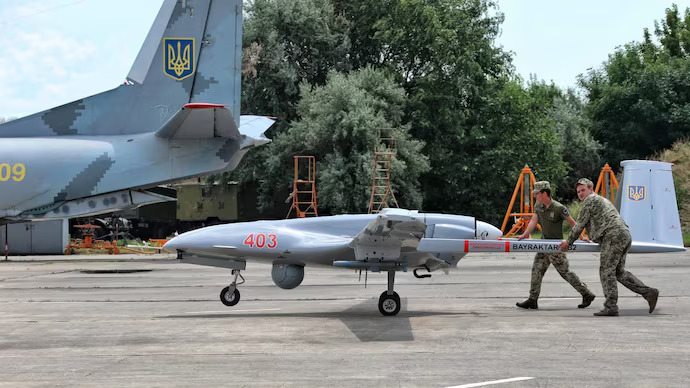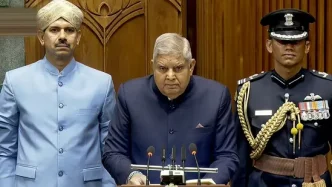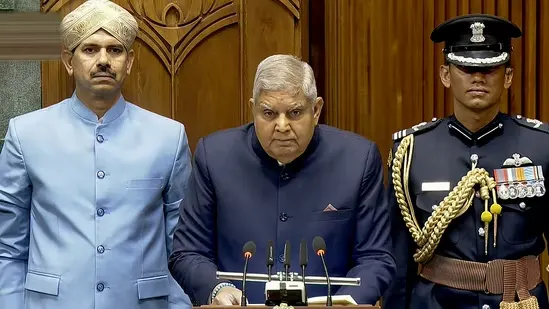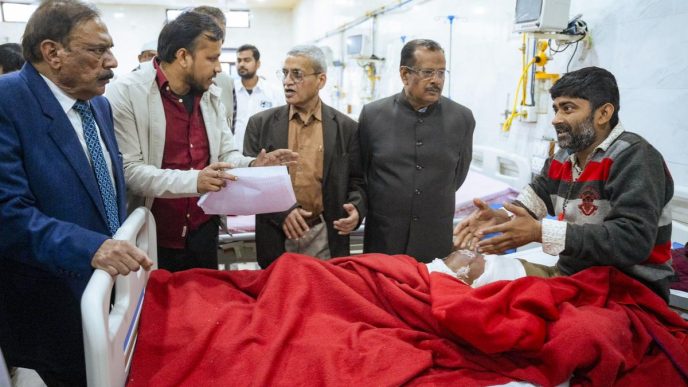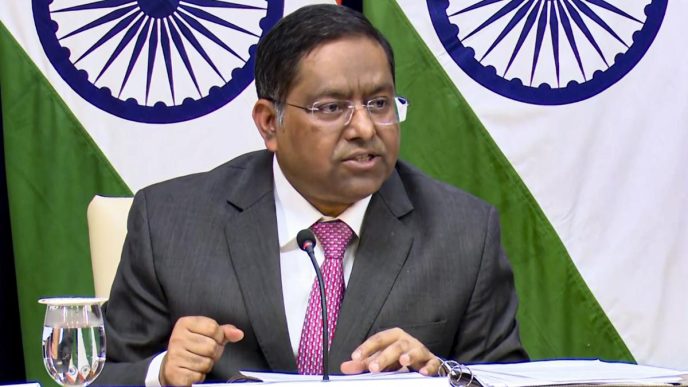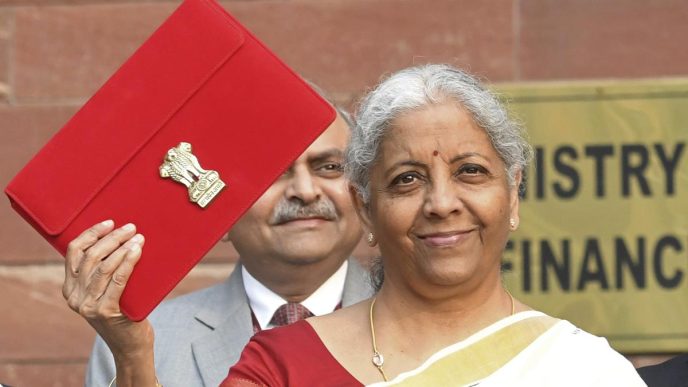Bangladesh has deployed the Bayraktar TB2 drones on the border with India. These are the same drones that helped Azerbaijan beat the much superior Armenian forces decisively in the battle of Nogorno-Karabakh in 2021. This is how prepared India is to the drone challenge in its neighbourhood.
“God favours the side with the best artillery,” said 18th-century French military leader and emperor Napoleon Bonaparte. In the 21st century, one can safely say that God favours the side that has better drones. In 2020, the world witnessed the importance of drones in modern warfare when Azerbaijan decimated Armenian forces by using Turkish-made Bayraktar TB2 and the Israeli-made Kamikaze drones. The same Bayraktar TB2 drones have now been deployed by Bangladesh along the border with India, sources told India Today TV.
The 2020 war between Armenia and Azerbaijan, referred to as the Nogarno-Karabakh war, saw Armenia, which had a bigger and stronger military armed with Russian-origin T72 Tanks, missiles, and rockets, among other weapons, being vanquished decisively by the much smaller forces of Azerbaijan, primarily due to the deployment of Turkish-made Bayraktar TB2 and the Israeli Kamikaze drones.
Bayraktar means the flag-bearer.
Amid strained ties with India, sources told India Today TV, Bangladesh has deployed the Bayraktar TB2 drones along the Indo-Bangla border.
These drones are operated by the Bangladesh Army for intelligence, surveillance, and reconnaissance missions. While Bangladesh has claimed the deployment is for defence purposes, the strategic significance of positioning such advanced drones in a sensitive region has not been overlooked by India.
The Border Security Force (BSF) has intensified its surveillance after reports of the deployment of Turkish drones.
The Indian armed forces also have the option of deploying drones like the Heron TP, and intensifying counter-drone operations in sensitive regions, sources told India Today TV.
BAYRAKTAR TB2 DRONES CAN FLY UP TO 300KM, CARRY MISSILES
Developed by Turkey, Bayraktar TB2 drones are about one-eighth the weight of a US MQ-9 Reaper and with a maximum speed of about 230 kmph.
These drones can destroy modern tanks with their MAM (Turkish for Smart Micro Munition) laser-guided missiles. TB2 drones can carry up to four such MAMs in one flight.
Bayraktar TB2 UAV can carry a maximum payload of 150kg.
The standard payload configuration includes an electro-optical camera module, an infrared camera module, a laser designator, a laser range finder and a laser pointer.
With a flight time of over 24 hours and an operational length of nearly 300 kilometres, TB2 drones can penetrate deep inside enemy territory to destroy targets.
Additionally, some of these drones create a disturbing sound when approaching their targets, which can be psychologically unsettling.
How the Bayraktar TB2 can turn the tables in warfare was on display in the Nogorno-Karabakh war.
HOW BAYRAKTAR TB2 CHANGED TIDE FOR AZERBAIJAN IN 2020
According to military experts, the deployment of Bayraktar TB2 drones by Azerbaijan on the battlefield delivered disproportionate success in the conflict against Armenia in 2020.
While the Armenian army was armed with conventional tanks, missiles, rockets and armoured vehicles, the near absence of anti-drone weapons in its arsenal turned their conventional weapon systems into sitting ducks for the Bayraktar TB2 drones.
A report by the military warfare blog Oryx highlighted that as many as 185 tanks, 45 armoured fighting vehicles, 44 infantry fighting vehicles, 147 towed artillery guns, 19 self-propelled artillery, 72 multi-barrel rocket launchers and 12 radars were lost by the Armenian forces. Azerbaijan’s losses were minute in comparison.
With low Radar Cross-Section (RCS), Bayraktar TB2, a Medium Altitude Long Endurance (MALE) category drone, was able to penetrate deep inside the Armenian territory without using conventional radars.
Being comparatively low-cost, these drones increased the cost of war for Armenia, which tried to target them with its costlier missiles.
Foreign policy expert Robert Bateman said several videos from the battlefield showed Armenian tanks bunched up together with no real dispersal, camouflage or cover. This made them very easy targets for Azerbaijan drones.
BAYRAKTAR TB2 IN INDIAN BACKYARD
The deployment of Bayraktar TB2 drones along the India-Bangladesh border could be a challenge given the fact that India shares its longest boundary with Bangladesh. The topography of the border, which traverses through mountains, swollen rivers and dense forests, makes it difficult for Indian forces to track them given their small size and low sound.
Bangladesh is not the sole user of Bayraktar TB2 drones in the Indian subcontinent.
In 2023, Pakistan received its first batch of Bayraktar TB2 drones from Turkey and deployed them in strategic locations.
In October 2022, a team of Pakistan Air Force officers also participated in an extensive training programme in Turkey, including the Akinci training programme conducted at Baykar Defence’s facilities.
In addition to the Bayraktar TB2 drones, satellite images also showed the deployment of advanced drones like the WZ-7 ‘Soaring Dragon’ at Bangda airbase in the Himalayan region.
HOW INDIA IS PREPARING AGAINST RISING DRONE CHALLENGE
India’s drone capabilities received a major shot in the arm in October this year with the signing of a Rs 32,000-crore deal for the purchase of 31 Predator drones from the US.
Out of these, 15 Predators will go to the Indian Navy while the rest will be divided equally between the Air Force and the Army.
With an array of advanced weaponry, such as AGM-114R Hellfire missiles and laser-guided Small Diameter Bombs (SDB), the Predator drones will be a force multiplier for the Indian military.
